Camille Niel is an adventure photographer who specializes in amazing astrophotography shots in the French Alps.
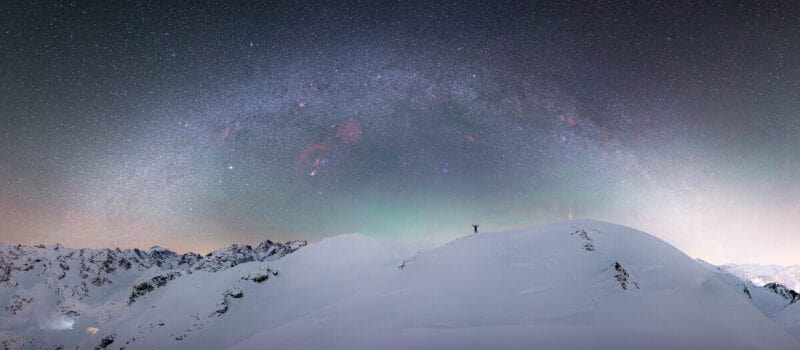
We discuss with him here how he plans, composes and captures his awesome images.
“Sometimes it works, sometimes not as I would have liked. And sometimes it’s just impossible, but that’s life, and that’s how I get my best shots.”
What’s your current focus with astrophotography?
When I started astrophotography – like most of us nightscapers – I was focused on the Milky Way.
It’s photogenic, easy to shoot, and so satisfying.
Today, with all the experience I have gained, my goal is different. I have all the technical background to focus more on creativity.
I am always looking for something different, and I try to create my pictures with original places, original compositions. I spend a lot of time looking for places for the next adventures.
Yes, I like adventures more than everything.
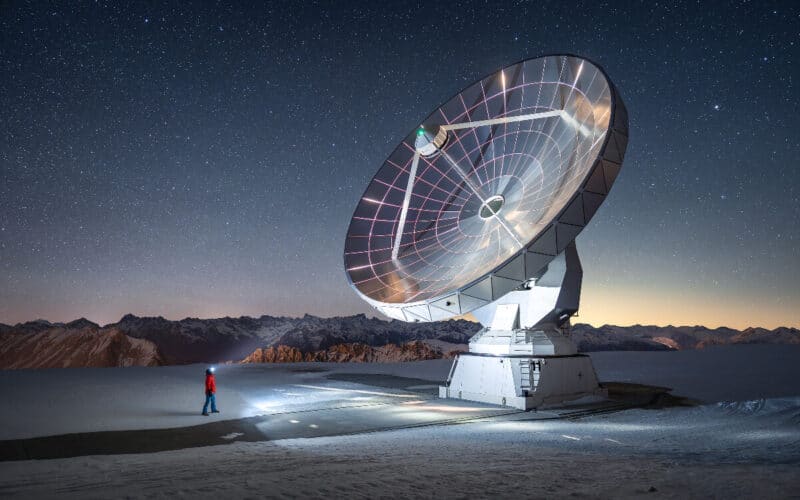
For my work, I would say that a good photo must be accompanied by a good story, and for me the stories are accompanied by adventures.
That is why in all seasons I carry all my photo/camping equipment to top of mountains, sometimes up to 20 kilos, on foot or on ski touring.
And I spend long nights, sometimes at -15°C in winter, to come back with stunning shots.
Today, even though the Milky Way is never boring, I try to diversify my work.
I am also capturing single and simple shots, panoramas, Milky Way arches, star trails etc.
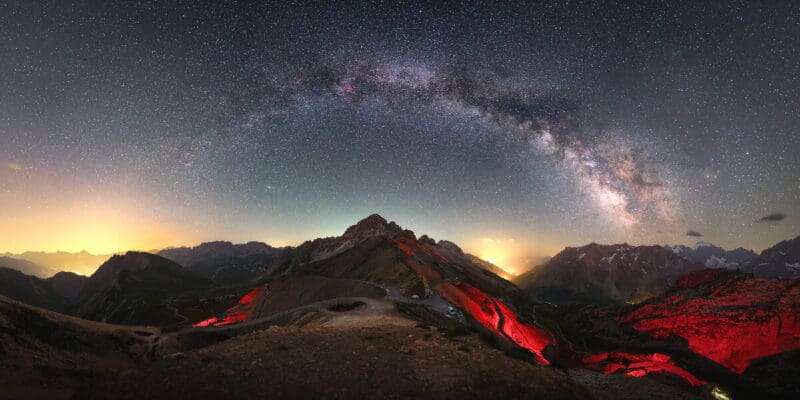
The idea is to not have the same shot twice. And for me, this depends more on the foreground than on the sky.
Most of all my vision of astrophotography is to create images as they exist in real life.
I don’t want to make composite images. I prefer to spend my time on finding locations, aligning my sky and my foreground as best as I can, and finding the way to get there.
Sometimes it works, sometimes not as I would have liked. And sometimes it’s just impossible, but that’s life, and that’s how I get my best shots.
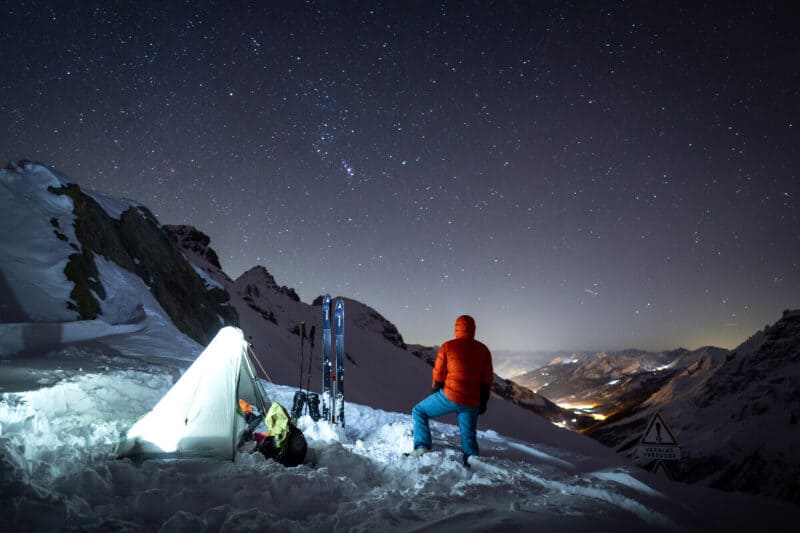
“Yes, I like adventures more than everything”
Where are you and where do you do your photography?
I live In Chambéry, in the Savoie region in France. Located in the northern French Alps.
As a mountain lover my favorite places to take photos are mainly in the mountains. Most of them are taken in what I call “my garden”.
But I also shoot in other places in France. I have some ideas in other regions and, more in summer, I sometimes do road trips to take the desired shots.
I offer workshops during the summer. They are accessible for beginners who want to learn to take nightscapes, or for intermediates who want to learn more about technical things like panoramas, double exposure, tracking etc.
I used to offer these workshops for individuals but now I focus more on groups like photography clubs or any existing groups.
You can see what workshops I have coming up on my website.
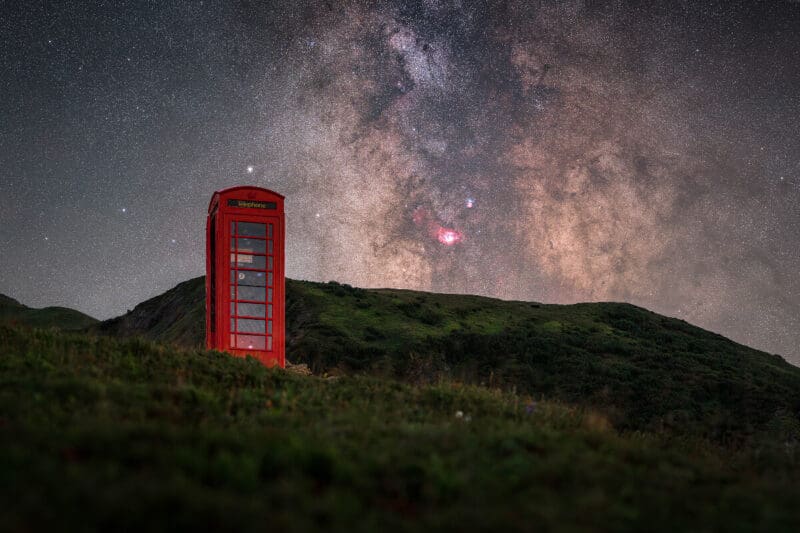
What gear do you use?
My camera is a Sony Alpha 7 III.
In fact, I have two of them – one which is modified for astro.
For lenses I use:
My last purchase was the Samyang 135mm f1.8, and it is a stunning lens.
Tests on the web says it’s slightly better than the Sony 135mm GM, and it’s lighter AND cheaper, what else could you want!
I am not disappointed at all, and the results are stunning, even wide open.
As I hike with my gear, the weight is a major consideration when buying new lenses/accessories.
Today, I think I have the lightest setup we can get with these camera/lenses.
In winter, I can go up to 20 kg, but when you consider all the photo gear (1 camera, 1 tripod, 2 lenses) and winter camping gear for a full night in the snow, I think it’s a reasonable weight.
My next upgrade will be my 50mm, I would like to replace it with the Sony 50mm GM, for the weight of course, because the Sigma is a bit heavy.
I also would like to try an 85mm and see what I could do with that lens.
I also have a star tracker – the Omegon LX4.
It is the perfect tracker for my use – light, compact, and no electricity required! I previously used the Lx2 and Lx3.
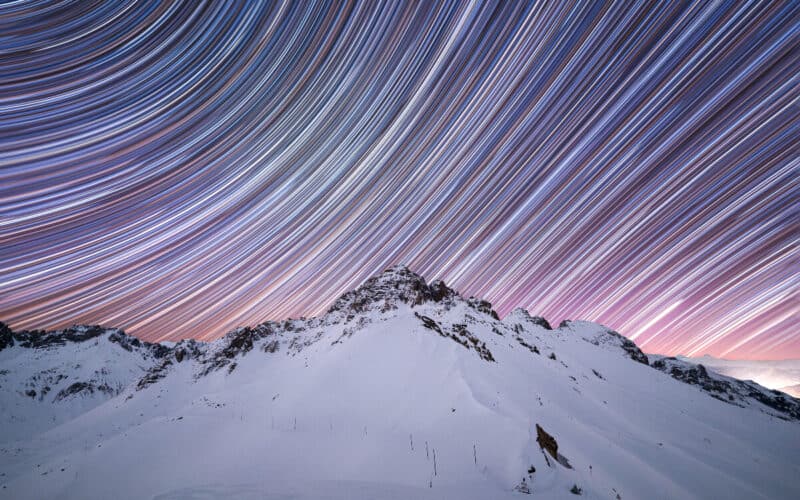
What software do you use for post-processing?
I do most of my image processing in Lightroom, for something like 80-90% of my images.
Sometime I use Photoshop for minor editing (removing dusts, hots pixels, minor elements) and for some astro scripts (local contrast enhancement, reducing stars… stuff like that).
I also use PTGui for panoramas, and StarStax for star trails.
“I (almost) never followed a YouTube channel or tutorial. I learned most by talking to other astrophotographers in real life or in groups on social media.”
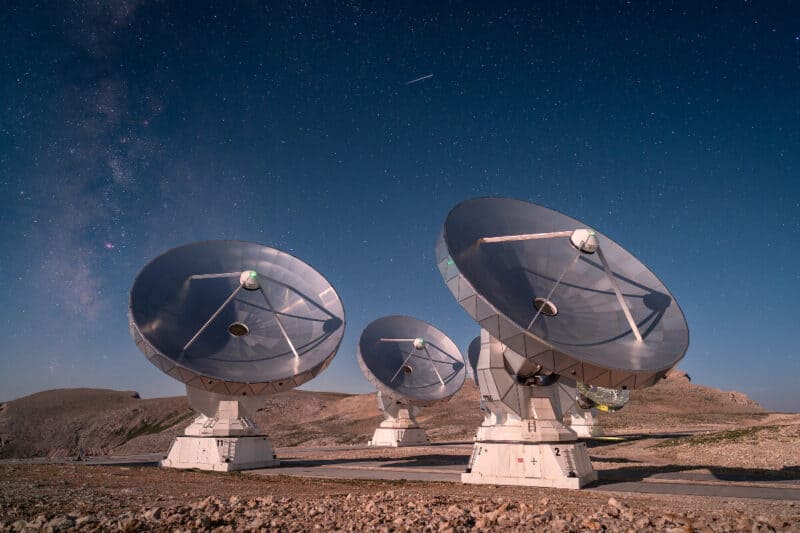
What are your tips for beginners in astrophotography?
You might be surprised, but I don’t have any specific recommendations on courses or tutorials as I learned everything by myself.
I (almost) never followed a YouTube channel or tutorial. I learned most by talking to other astrophotographers in real life or in groups on social media.
And of course by taking photos, trying, making mistakes etc…
So my advice is go out and photograph the night sky, you will learn more from your own experience.
Also talk to other astrophotographers in real life, better than behind a screen. You will learn more, both humanly and technically!
For post-processing it’s different, tutorials are good for beginners.
There are some basics that will never change, but try things and find your own way. I think this is the best way to create your own style and not do like the others.
“I have got my most proudest shots in places where few people have been able to go”
About You – Camille Niel
My proudest moment in astrophotography is definitely my picture of the Mont Saint Michel under the Milky Way:
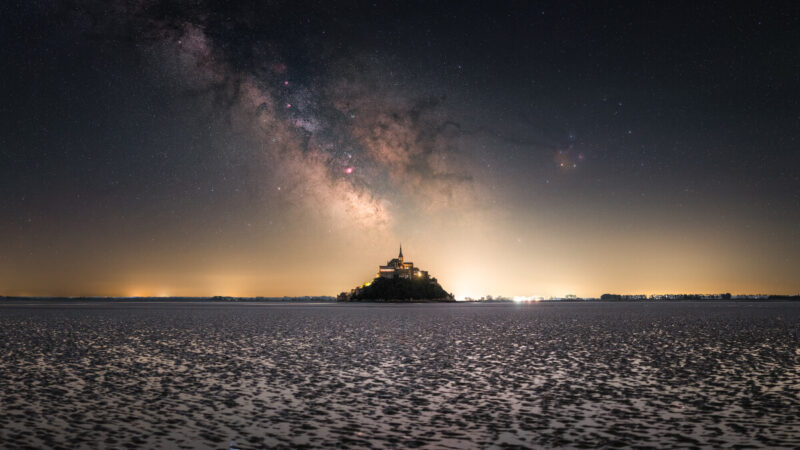
This famous monument is located in Normandy and is visited by millions of tourists every year.
Despite all the photos taken of this place, I took the first real picture of the core of the Milky Way above the monument.
Getting the perfect earth/sky alignment wasn’t easy, and the only way to get it was to go into the bay at low tide.
It’s a dangerous place (and even more so during the night…) because of quicksands. I found a local guide (as crazy as me!) to help me with this adventure.

Other moments that I am proud of are all my winter adventures. Going up the mountain on ski touring, alone, is such a challenge.
You have to face your fears, your doubts, and you have to rely on yourself and find the strength to reach the summit and spend a whole night in the snow at negative temperatures.
But in the end, I have got my most proudest shots in places where few people have been able to go. And of course, as I like to say, “everything is more beautiful in the snow”.
You can follow me on these channels:


